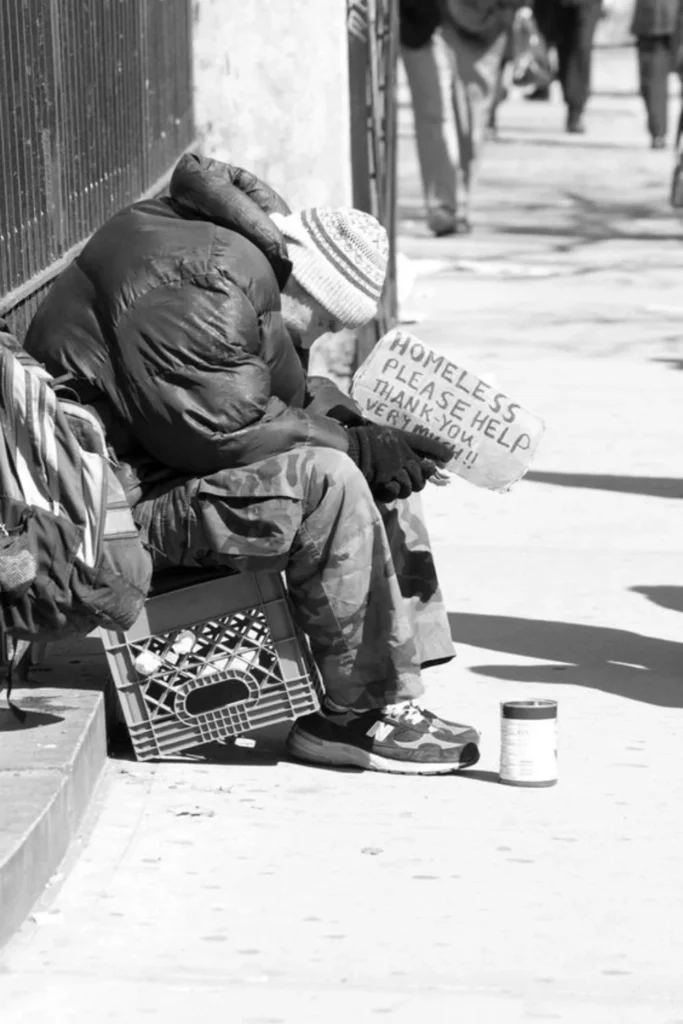10 types of lifestyle that inspire your life with new look

A way of lifestyle is a collection of individual or collective attitudes and behaviors that people adopt and develop to meet their needs as human beings and to achieve personal development. In the world, everyone has a way of lifestyle.
Lifestyle is a way to communicate our differences, interests, and behaviors. It’s a way of life. The lifestyle conveys our opinions and attitudes. Alfred Alder coined the word lifestyle. He is an Austrian psychologist. He wrote a book called The Case of Miss R in 1929. In the book, Alfred mentions how a person’s childhood affects his later lifestyle. Lifestyle is a mixture of real and abstract factors. The real factors include demographics. For example, metropolitan cities have a different lifestyle than villages
There are many kinds of lifestyles: healthy lifestyle, bohemian lifestyle, etc. This way of life is mainly developed in their culture and activities. In this article, I will discuss 10 lifestyles, their types, and classifications.
What is lifestyle?
Lifestyle is a term that often appears in health topics and is associated with an adjective that makes an immediate judgment: good lifestyle, bad lifestyle, healthy lifestyle, etc.
Types of lifestyles
A lifestyle can also contain a person’s values, goals, and priorities, as well as their economic and cultural background. Often used to describe the habits and behaviors of individuals or groups, the term is a useful concept for understanding how people make decisions and how they are influenced by various factors.
- Active Lifestyle
- Healthy Lifestyle
- Solo Lifestyle
- Rural Lifestyle
- Urban Lifestyle
- Nomadic Lifestyle
- Bohemian Lifestyle
- Digital Lifestyle
- Bad lifestyle
- Homelessness
1. Active Lifestyle

If you’re outgoing or extroverted, this is your lifestyle. An active lifestyle includes exercising, socializing, and doing a job you enjoy. It makes you feel good. That doesn’t mean you have to be productive all day. If you have energy, you make the most of it.
2. Healthy Lifestyle

People can confuse a healthy lifestyle with an active lifestyle. A healthy lifestyle involves eating nutritious foods. You avoid junk food or fast food. To stay physically active, you need to eat a nutritious diet. This diet will keep you energized.
A healthy lifestyle involves developing healthy habits and behaviors to support physical, mental, and emotional well-being. Healthy actions and habits include, for instance:
Some Healthy actions and habits include, for instance:
- Drink pure water
- Get up early in the morning
- Eating a healthy and balanced diet
- Eat fresh vegetable
- Engaging in regular physical activity
- Getting enough sleep
- Managing stress
- Avoiding tobacco and substance abuse
- Practicing good hygiene
- Seeking medical care when needed
3. Solo Lifestyle

This lifestyle is more common in people who enjoy their solitude. They are independent in many ways. These people like to make money, travel, eat, etc. alone. This makes them more responsible. In this lifestyle, no one judges you and you can achieve whatever you want. It’s about training yourself to work. You are not controlled by anyone. The solo lifestyle is considered a liberal way of life.
We know that solo means “single”. These people like to live without anyone and like to work on their own; This lifestyle is known as the solo lifestyle. These people think that no one’s life can understand them, and this is a great opportunity for them to work alone.
4. Rural Lifestyle

The village lifestyle follows the village of lifestyle. The daily work of these people includes farm work. They live close to nature. It’s a peaceful way of life. Some people prefer to live this lifestyle without glamor and social status.
People living in rural areas; Those whose homes and businesses are separated by a distance and whose main occupation is farming are called rural people, and their lifestyles are called rural lifestyles. According to UNICEF 2002; Nearly 34% live a rural of lifestyle. We are identifying two diseases associated with a sedentary lifestyle.
5. Urban Lifestyle

Urban lifestyles are more concentrated in cities. It’s a fast-paced lifestyle. People who like to explore multiple things love this lifestyle. City life is often tough, but also exciting. Urban lifestyle brings you more material goals. People thrive in this lifestyle to achieve more. If you want a fast-paced, exciting life, then this is the place for you.
6. Nomadic Lifestyle

A nomadic person is a person who wanders from one place to another. The ancients of Central Asia learned this way of life. They used to ride around on horseback. The nomadic lifestyle avoids attachment to anything. When you move from one place to another, you feel comfortable. Many people don’t like this lifestyle because most of us need security and stability.
The nomadic lifestyle is a way of life that is always discovering new places, but continues to work on technology. This type of nomad travels for a deeper purpose. It usually focuses on:
● Spirituality
● The meaning of lifestyle
● The investigation and understanding of the world itself
● Earn and share learning
● Learn and teach about life
7. Bohemian Lifestyle

It’s an artistic way of life. The bohemian way of life is also considered a spiritual way of life. This type will make you travel and seek adventure. It will fulfill your musical wishes.
The bohemian way of life, also known as “bohemianism”, is a cultural and social movement that originated in France in the 19th century and spread to Europe and the United States. It is linked to a unique, artistic, and frequently countercultural manner of living.
People who adopt a bohemian lifestyle are often associated with art, literature, and music, and may engage in creative or non-traditional occupations or pursuits. They may also be interested in social justice and political activism.
8. Digital Lifestyle

Most of us spend half of our day in this lifestyle. Over time, people are becoming more and more digital. Whether a digital lifestyle is good or bad is a matter of debate. We know that digital lifestyles can benefit us in many ways. You can reach more people than you can in real life. You can have more opportunities than you do in real life. However, digital lifestyles can also have harmful effects.
Everyone knows this lifestyle because we live in a digital world. This lifestyle implies the use of materials. Every time we buy something, we get bigger. The meaning of this statement is to be from a spiritual point of view. The more we associate our lives with material things, the more likely we are to lose our freedom.
9. Homelessness lifestyle

Those who have lost their homes or accommodation due to poverty or devastation by natural disasters or war often live homeless. In 2020, it was reported that about 150 million people lived homelessly. In the United States, the number of homeless people is 552,830, while in Brazil, it is 100,000.
10. Bad lifestyle
By living according to acceptable daily habits, you have the opportunity to increase life expectancy and increase your chances of aging under optimal psychophysiological conditions. Here are some rules you should follow for a healthy lifestyle. Let’s consider a topic (think about it, you will indeed find an acquaintance who fits the description):
Advantages of a good lifestyle
Regardless of your lifestyle, there is always something that is good. Having a good lifestyle is healthy, no matter which lifestyle you adopt. Some of the characteristics of a good lifestyle are:
1. Positive perspective
It’s a busy world. It’s important to keep track of where our time is being utilized. We must focus on things that add value to our lives. Our view of the world determines who we are. Positive and negative views depend on us. If we have unique and positive perspectives, we will grow.
2. Be kind
It doesn’t take a dollar to be nice to someone. With a good lifestyle, you will be in a good mood and treat others as yourself
3. Be happy
The level of happiness you will achieve is a mismatch. Your lifestyle helps you excel in school, relationships, work, social gatherings, and more. This will make you feel good. As they say, happiness is a journey, not a destination; A good lifestyle is to be happy.
Conclusion
Having a good lifestyle is important for our growth. The lifestyle conveys our opinions and attitudes. It’s a way of life. Lifestyle is influenced by both concrete and irrational elements. The real factors include demographics. The lifestyle of a metropolitan city is different from that of a village. Abstract factors include preferences, opinions, and personal values. Anything that happens around us will be affected by it. No matter what type of lifestyle you are, it should suit you and that’s it. Your way of life reflects who you are and what you will develop into. So, have a good lifestyle and enjoy life to the fullest